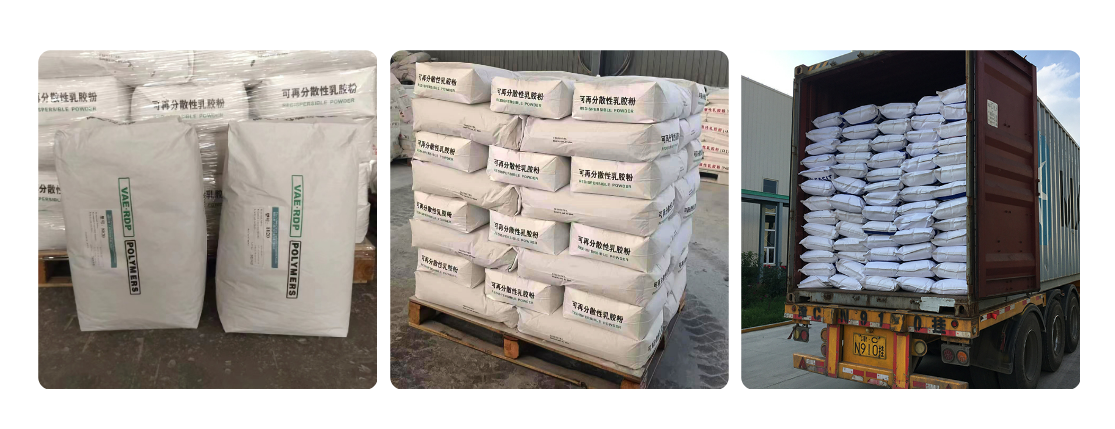
Nov . 18, 2024 11:58 Back to list
hpmc glass transition temperature
Understanding the Glass Transition Temperature in HPMC
Hydroxypropyl methylcellulose (HPMC) is a cellulose derivative that is widely used across various industries, particularly in pharmaceuticals, construction, and food. One of the critical properties of HPMC that influences its performance and application is its glass transition temperature (Tg). This concept, while essential, is often misunderstood or overlooked. In this article, we will delve into the glass transition temperature of HPMC, its significance, and the factors that contribute to its determination.
What is Glass Transition Temperature?
The glass transition temperature is the temperature at which a polymer transitions from a hard, glassy material to a softer, more rubbery state. Below Tg, the polymer chains are rigid and immobile, resulting in a brittle, glass-like behavior. As the temperature rises above Tg, the molecular mobility increases, leading to improved flexibility and ductility. For HPMC, understanding this transition is vital because it affects its processing, stability, and end-use properties.
Importance of Tg in HPMC Applications
In pharmaceutical formulations, HPMC serves as an excipient in drug delivery systems. The glass transition temperature plays a crucial role in determining the release profiles of drugs from HPMC matrices. For example, if the Tg is too high, the polymer may not adequately dissolve or swell in bodily fluids, potentially hindering drug release. Conversely, if Tg is too low, the matrix may degrade too quickly, leading to an uncontrolled release of the therapeutic agent. Thus, selecting the right grade of HPMC with an appropriate Tg is essential for achieving the desired pharmacokinetic profiles.
In the construction industry, HPMC is commonly used as a thickener, binder, and water retention agent in mortars and other building materials. The Tg influences the viscosity and workability of these products. Higher Tg values may lead to reduced workability at ambient temperatures, affecting the application and curing processes of construction materials. Therefore, understanding and controlling the glass transition temperature allows for better formulation and improved performance characteristics.
Factors Influencing Tg in HPMC
hpmc glass transition temperature

Several factors can influence the glass transition temperature of HPMC, including its molecular weight, concentration, and degree of substitution. The molecular weight of HPMC affects its chain entanglement and free volume. Generally, higher molecular weights result in increased Tg due to the greater chain length, leading to more significant entropic constraints.
The concentration of HPMC in a formulation also plays a pivotal role. As the concentration increases, interactions between the polymer chains become more pronounced, raising Tg. This concentration effect is critical in applications such as film formation, where the physical properties of the film depend on the Tg of the HPMC used.
Additionally, the degree of substitution—the ratio of hydroxypropyl to methyl groups—affects Tg. Variations in the degree of substitution alter the hydrogen bonding potential and hydrophilicity of the polymer, leading to changes in thermal and mechanical properties. For instance, HPMC with high hydroxypropyl content tends to have a lower Tg than its methyl-rich counterparts due to increased molecular mobility.
Measuring Tg
Measuring the Tg of HPMC is crucial for predicting its behavior in different environments. Several techniques are employed to determine Tg, including differential scanning calorimetry (DSC), dynamic mechanical analysis (DMA), and thermomechanical analysis (TMA). DSC is the most commonly used method due to its simplicity and sensitivity. It measures heat flow changes associated with the thermal transitions of the polymer, providing a clear indication of Tg.
Conclusion
The glass transition temperature of HPMC is a fundamental property that influences its application across various industries, particularly in pharmaceuticals and construction. Understanding the factors that affect Tg, such as molecular weight, concentration, and degree of substitution, allows for tailored formulations that meet specific performance criteria. As research continues to evolve, a deeper understanding of Tg will provide insights into optimizing HPMC use, ensuring enhanced efficacy and stability in its diverse applications.
-
Versatile Hpmc Uses in Different Industries
NewsJun.19,2025
-
Redispersible Powder's Role in Enhancing Durability of Construction Products
NewsJun.19,2025
-
Hydroxyethyl Cellulose Applications Driving Green Industrial Processes
NewsJun.19,2025
-
Exploring Different Redispersible Polymer Powder
NewsJun.19,2025
-
Choosing the Right Mortar Bonding Agent
NewsJun.19,2025
-
Applications and Significance of China Hpmc in Modern Industries
NewsJun.19,2025







